 推荐消息更多>>
推荐消息更多>>仓泵排气处理方式解析
- 来源:https://www.sdxinlujx.com/ 日期:2025-08-02 发布人:创始人
仓泵作为气力输送系统的关键设备,在粉体物料(如粉煤灰、水泥、矿渣)输送过程中会产生含尘排气,若直接排放不仅造成物料浪费,还会污染环境。科学的排气处理方式需兼顾除尘效率、系统能耗与运行稳定性,通过针对性的净化工艺将排气中的粉尘浓度控制在排放标准内,同时减少对周边环境的影响,其处理逻辑围绕 “捕集 - 分离 - 净化” 三个核心环节展开。
As a key equipment in pneumatic conveying systems, the bin pump generates dust containing exhaust during the transportation of powder materials such as fly ash, cement, and slag. Direct discharge not only causes material waste but also pollutes the environment. The scientific exhaust treatment method needs to take into account dust removal efficiency, system energy consumption, and operational stability. Through targeted purification processes, the dust concentration in the exhaust is controlled within the emission standards, while reducing the impact on the surrounding environment. The treatment logic revolves around the three core links of "capture separation purification".
过滤式处理是仓泵排气最常用的方式,核心是利用过滤介质截留粉尘颗粒。该方式通过在排气口安装滤筒或布袋过滤器,当含尘气体流经过滤材料时,粉尘被阻挡在滤材表面,洁净气体透过排出。滤材选择需适配粉尘特性:对于粒径较小的粉尘(如水泥粉),选用超细纤维滤布,其微孔结构可截留微米级颗粒;对于粘性粉尘(如粉煤灰),则采用表面光滑的覆膜滤材,减少粉尘附着。为避免滤材堵塞,设备需配备清灰装置,常见的有脉冲喷吹(通过压缩空气瞬间反吹滤材,抖落粉尘)和机械振打(利用振动使粉尘脱落),清灰周期根据粉尘浓度动态调整,确保过滤阻力稳定在合理范围(通常不超过 1500Pa)。过滤式处理的除尘效率可达 99% 以上,适合粉尘浓度中等、颗粒性质稳定的仓泵排气场景。
Filtering treatment is the most commonly used method for exhaust of warehouse pumps, and the core is to use filtering media to intercept dust particles. This method involves installing a filter cartridge or bag filter at the exhaust port. When the dusty gas flows through the filter material, the dust is blocked on the surface of the filter material, and the clean gas is discharged through it. The selection of filter materials should be adapted to the characteristics of dust: for smaller particle sizes (such as cement powder), ultrafine fiber filter cloth should be used, whose microporous structure can intercept micron sized particles; For viscous dust (such as fly ash), a smooth surface coated filter material is used to reduce dust adhesion. To avoid clogging of the filter material, the equipment needs to be equipped with a dust cleaning device. Common methods include pulse blowing (using compressed air to instantly blow back the filter material and shake off dust) and mechanical vibration (using vibration to make dust fall off). The dust cleaning cycle is dynamically adjusted according to the dust concentration to ensure that the filtration resistance is stable within a reasonable range (usually not exceeding 1500Pa). The dust removal efficiency of filter processing can reach over 99%, suitable for exhaust scenarios of warehouse pumps with medium dust concentration and stable particle properties.
旋风分离处理适用于高浓度、大颗粒粉尘的预处理,通过离心力实现气固分离。含尘排气进入旋风分离器后,沿筒壁做旋转运动,粉尘在离心力作用下被甩向器壁,沿锥筒滑落至底部集尘斗,净化后的气体从中心管排出。该方式无需滤材,能耗低且维护简单,但对粒径小于 5 微米的粉尘截留效果有限(效率约 70%-80%),通常作为前置处理与过滤式组合使用,降低后续过滤设备的负荷。分离器的结构参数需优化设计,如筒体直径、圆锥角度、进出口尺寸等,确保气流旋转速度达到分离要求(通常 12-20m/s),避免因流速过低导致分离效率下降。
Cyclone separation treatment is suitable for the pretreatment of high concentration and large particle dust, achieving gas-solid separation through centrifugal force. After entering the cyclone separator, the dusty exhaust gas rotates along the cylinder wall. The dust is thrown towards the wall by centrifugal force and slides down the cone to the bottom dust collector. The purified gas is discharged from the central pipe. This method does not require filter materials, has low energy consumption, and is easy to maintain, but has limited effectiveness in intercepting dust with a particle size of less than 5 microns (efficiency of about 70% -80%). It is usually used as a combination of pre-treatment and filtration to reduce the load on subsequent filtration equipment. The structural parameters of the separator need to be optimized, such as cylinder diameter, cone angle, inlet and outlet dimensions, etc., to ensure that the airflow rotation speed meets the separation requirements (usually 12-20m/s) and avoid a decrease in separation efficiency due to low flow velocity.
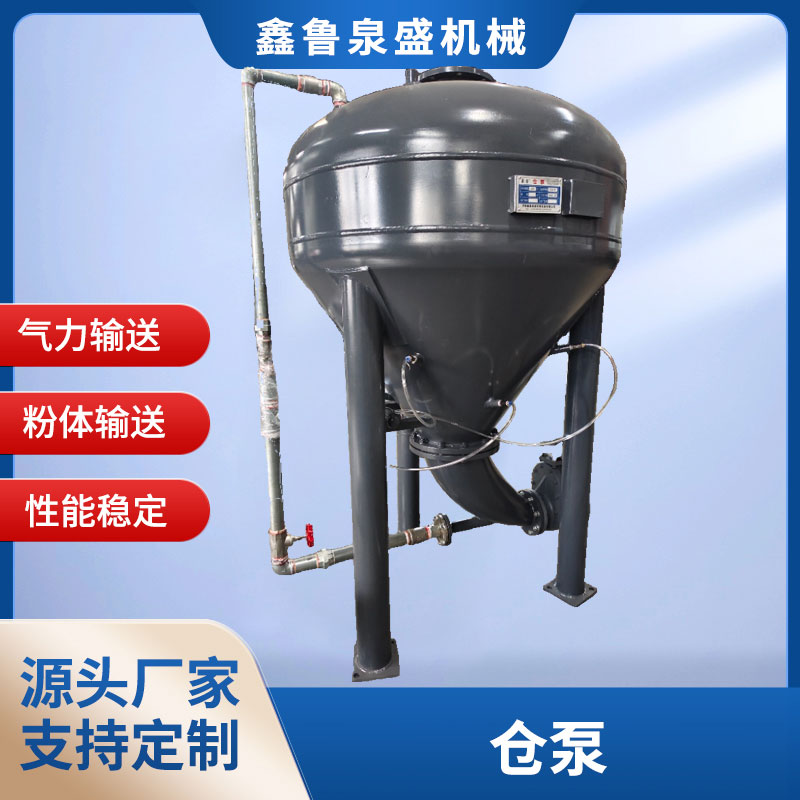
湿式处理适用于高温或易燃易爆粉尘的排气处理,通过水幕或喷淋吸收粉尘。含尘气体进入洗涤塔后,与喷淋系统形成的水雾充分接触,粉尘颗粒被水滴吸附形成泥浆,随水流至底部沉淀池,洁净气体经除雾器(去除夹带的水滴)后排放。该方式的优势是降温效果好,可处理温度超过 200℃的排气,且能吸收部分有害气体(如含硫粉尘),但需定期处理废水(如沉淀池污泥脱水),避免二次污染。对于粘性大的粉尘,需在洗涤液中添加分散剂,防止管道堵塞;对于疏水性粉尘,则加入表面活性剂增强粉尘与水滴的结合能力,提升吸收效率。
Wet treatment is suitable for exhaust treatment of high temperature or flammable and explosive dust, absorbing dust through water curtains or sprays. After entering the washing tower, the dusty gas comes into full contact with the water mist formed by the spray system. The dust particles are adsorbed by water droplets to form a slurry, which flows with the water to the bottom sedimentation tank. The clean gas is discharged after passing through the demister (removing the entrained water droplets). The advantage of this method is its good cooling effect, which can handle exhaust gases with temperatures exceeding 200 ℃, and can absorb some harmful gases (such as sulfur-containing dust). However, it requires regular treatment of wastewater (such as sludge dewatering in sedimentation tanks) to avoid secondary pollution. For highly viscous dust, a dispersant should be added to the washing solution to prevent pipeline blockage; For hydrophobic dust, surfactants are added to enhance the binding ability between dust and water droplets, thereby improving absorption efficiency.
排气处理系统的协同控制是保障稳定运行的关键,需与仓泵工作周期联动。仓泵卸料阶段排气量骤增,控制系统需自动调大引风机功率,确保排气顺畅进入处理设备;在待机阶段则降低风量,减少能耗。压力传感器实时监测处理系统的阻力变化,当阻力异常升高(如滤材堵塞、管道积灰)时,发出报警并启动应急清灰或停机程序,避免系统超压损坏。对于连续运行的仓泵,处理设备需配备备用过滤单元,在主单元维护时自动切换,确保排气处理不中断。
The collaborative control of the exhaust treatment system is the key to ensuring stable operation and needs to be linked with the working cycle of the bin pump. The exhaust volume during the unloading stage of the warehouse pump suddenly increases, and the control system needs to automatically increase the power of the induced draft fan to ensure smooth exhaust entering the processing equipment; Reduce air volume and energy consumption during standby mode. The pressure sensor monitors and processes the resistance changes of the system in real time. When the resistance abnormally increases (such as filter material blockage or pipeline dust accumulation), an alarm is issued and emergency dust cleaning or shutdown procedures are initiated to avoid system overpressure damage. For continuous operation of the bin pump, the processing equipment needs to be equipped with a backup filtration unit that automatically switches during maintenance of the main unit to ensure uninterrupted exhaust treatment.
不同场景的处理方式选择需结合实际需求:小型仓泵(如车间内输送设备)适合单机过滤式处理,占地面积小且安装灵活;大型仓泵系统(如电厂粉煤灰输送)宜采用 “旋风分离 + 布袋过滤” 的组合工艺,兼顾处理量与净化效果;存在粉尘爆炸风险的场合(如煤粉输送)必须选用湿式处理或防爆型过滤设备,且系统需做防静电接地。处理后的粉尘可根据性质回收利用,如水泥粉尘回用于生产,矿渣粉尘作为建材原料,实现资源循环。
The selection of processing methods for different scenarios should be based on actual needs: small bin pumps (such as conveying equipment in workshops) are suitable for single machine filtration processing, with a small footprint and flexible installation; Large scale warehouse pump systems (such as power plant fly ash transportation) should adopt a combination process of "cyclone separation+bag filtration" to balance processing capacity and purification effect; In situations where there is a risk of dust explosion (such as coal powder transportation), wet treatment or explosion-proof filtration equipment must be selected, and the system must be grounded to prevent static electricity. The processed dust can be recycled according to its properties, such as cement dust being reused in production and slag dust being used as building materials to achieve resource recycling.
本文由仓泵友情奉献.更多有关的知识请点击:https://www.sdxinlujx.com我们将会对您提出的疑问进行详细的解答,欢迎您登录网站留言.
This article is a friendly contribution from Roots blower For more information, please click: https://www.sdxinlujx.com We will provide detailed answers to your questions. You are welcome to log in to our website and leave a messag
- 上一篇: 罗茨风机维修实用技巧
- 下一篇: 旋转供料器输送卡住的原因及处理方法
Related news相关新闻
- 2025-10-25磁悬浮鼓风机:节能环保高效的气体输送设备
- 2025-10-24气力输送系统输送时物料易破碎怎么办?
- 2025-10-23旋转供料器在粉体输送中发挥中锁风下料、定量吹送的作用
- 2025-10-22仓泵在气力输送“心脏”中,扮演着重要角色
- 2025-10-21负压气力输送适合输送哪些类型的物料?
- 2025-10-20安全使用高压罗茨鼓风机必须要注意的8个方面
- 2025-10-18三叶罗茨风机经过频繁检修后,整理的常见故障原因和解决方法
- 2025-10-17高压罗茨鼓风机节能省电的方法和运行中的摩擦原因
- 2025-10-16高压罗茨风机 VS 离心风机,区别有哪些?
- 2025-10-15高压罗茨风机的产品介绍和适用场景


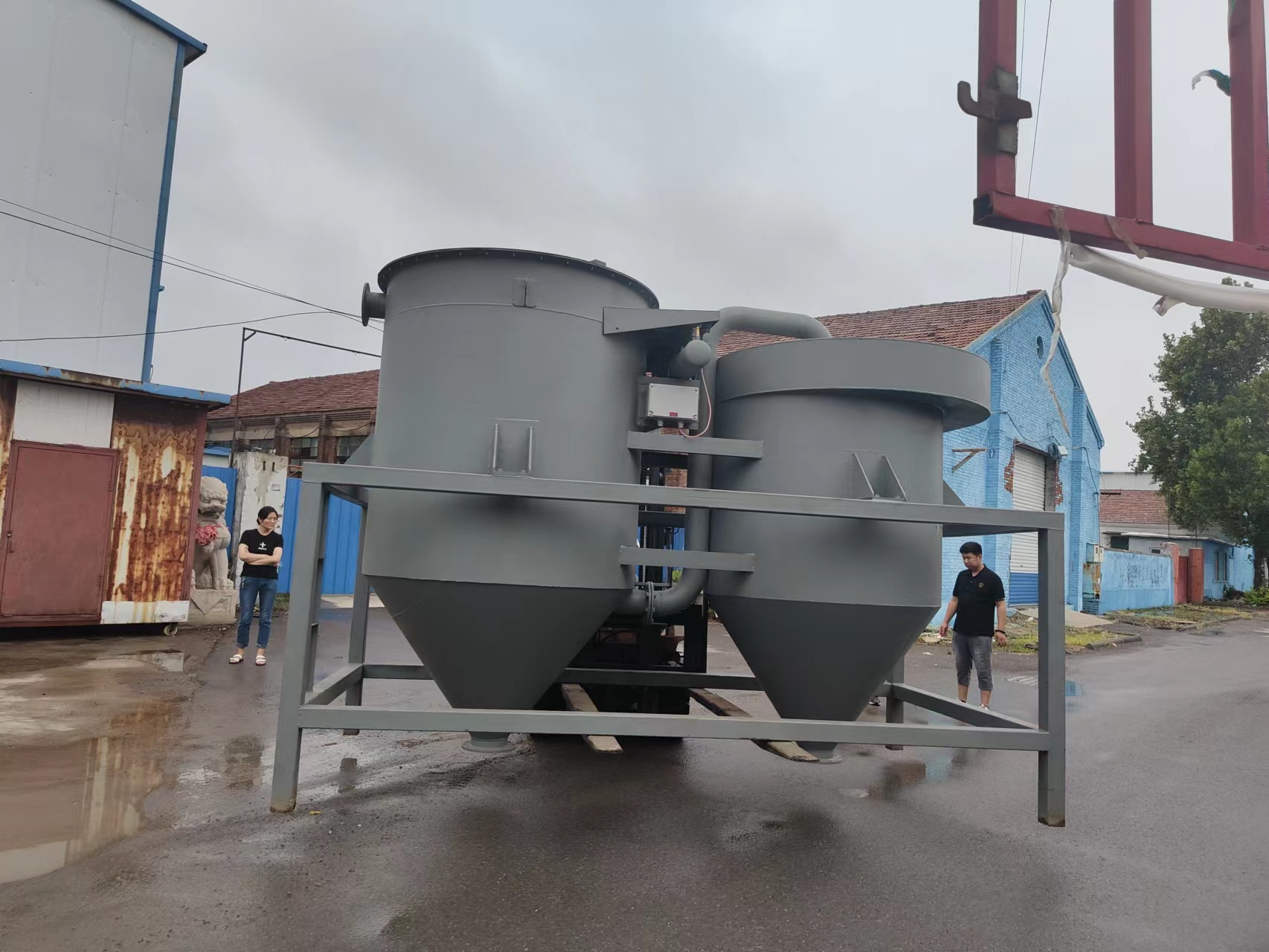
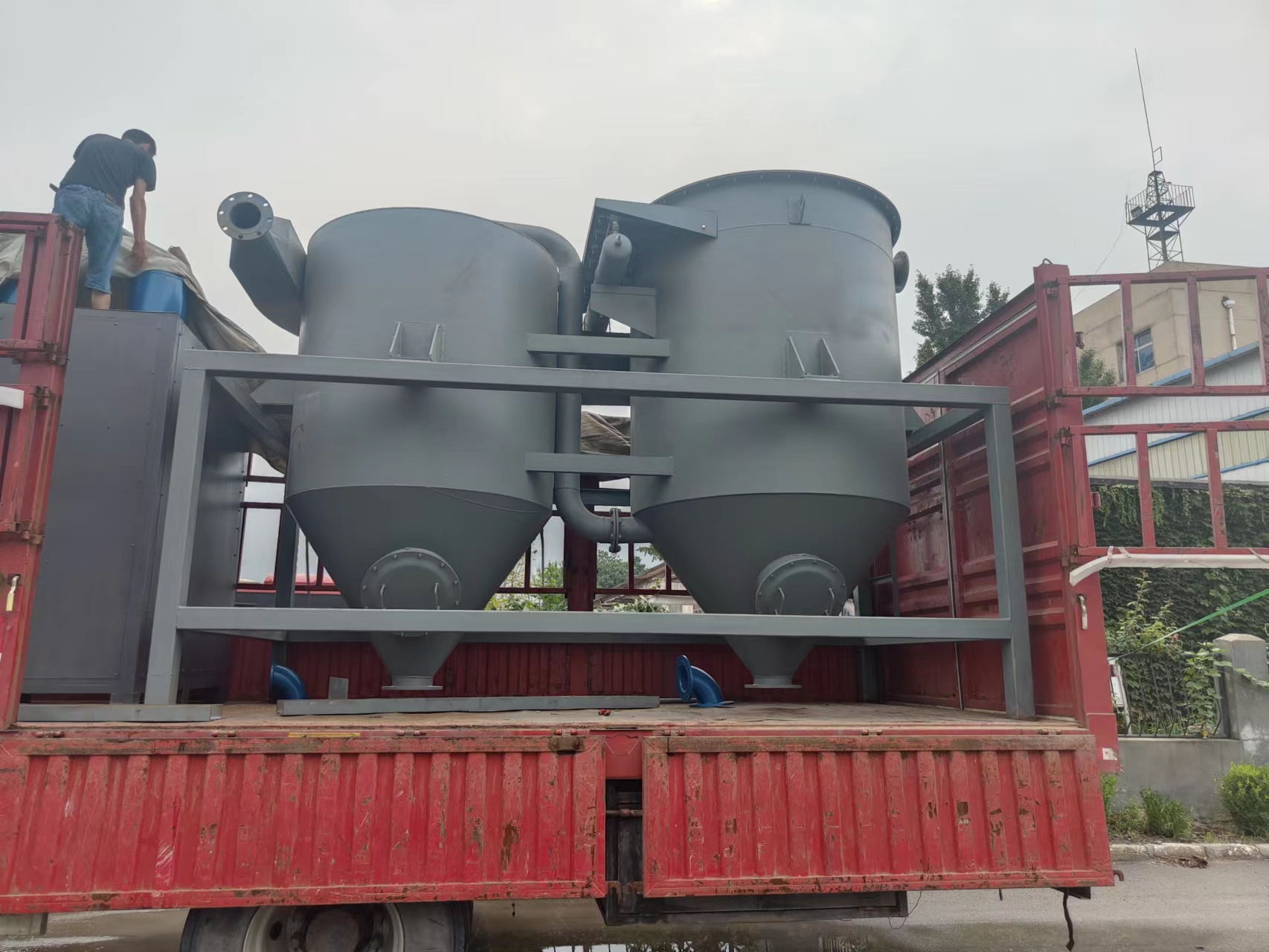
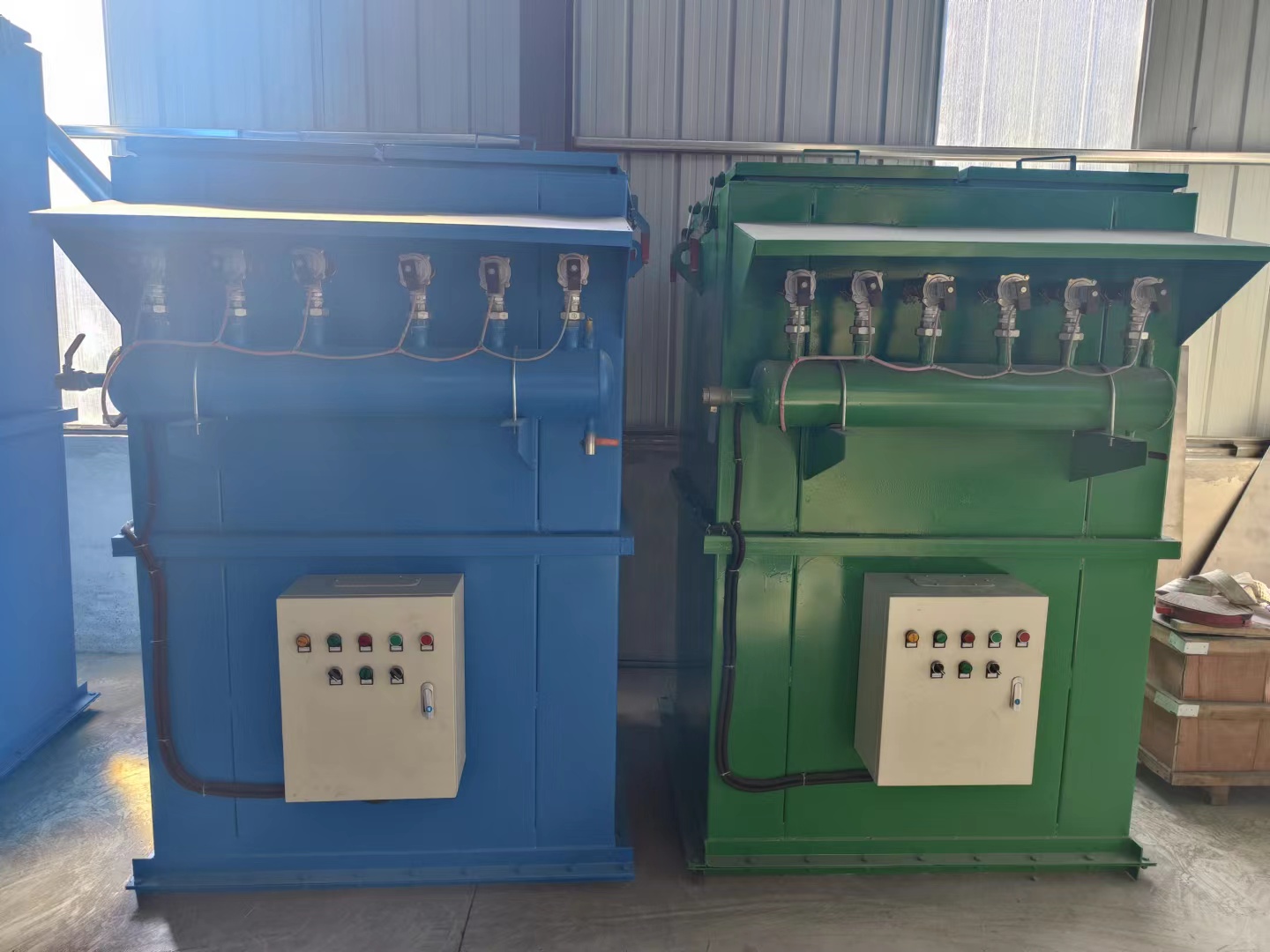
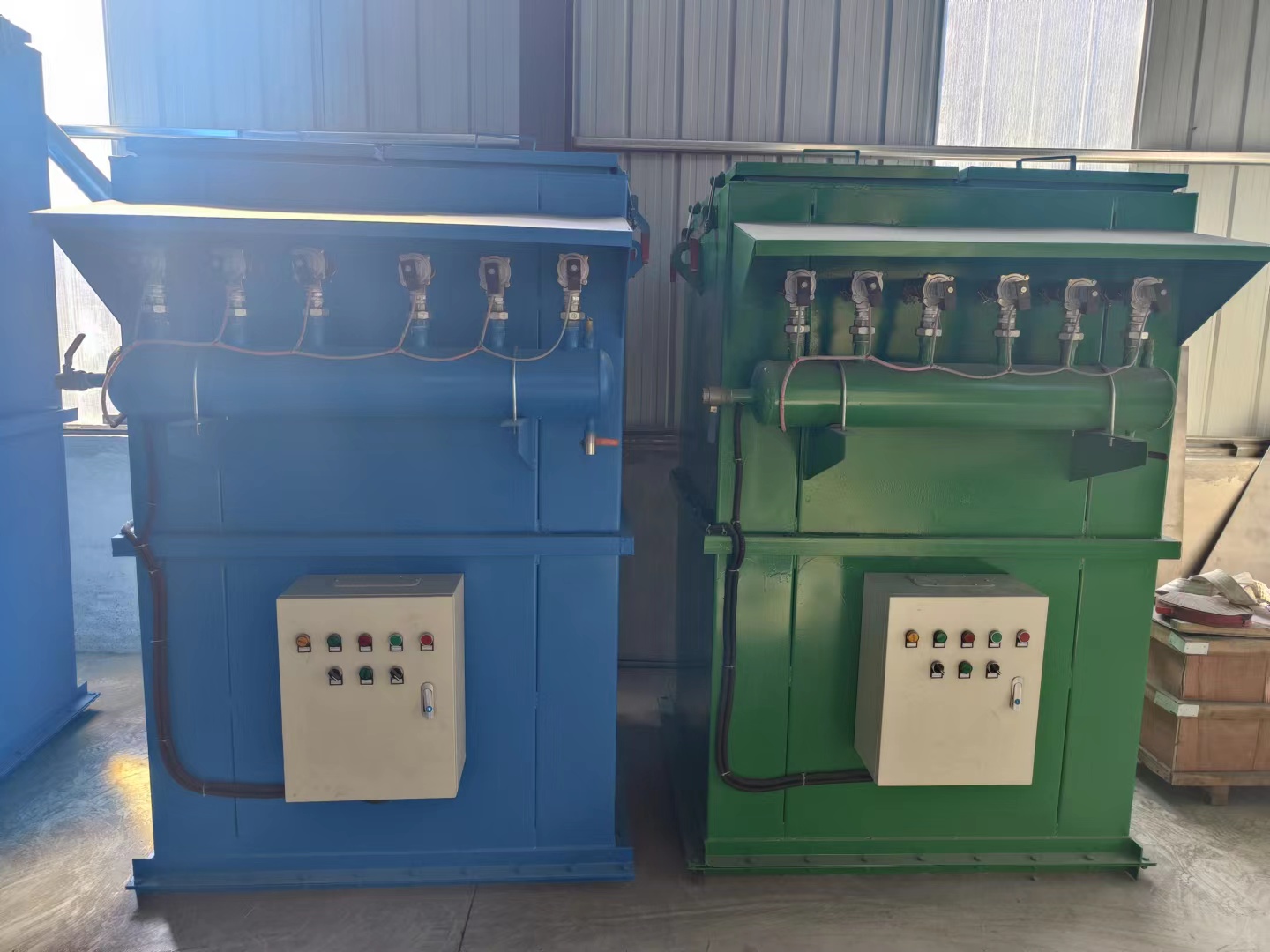
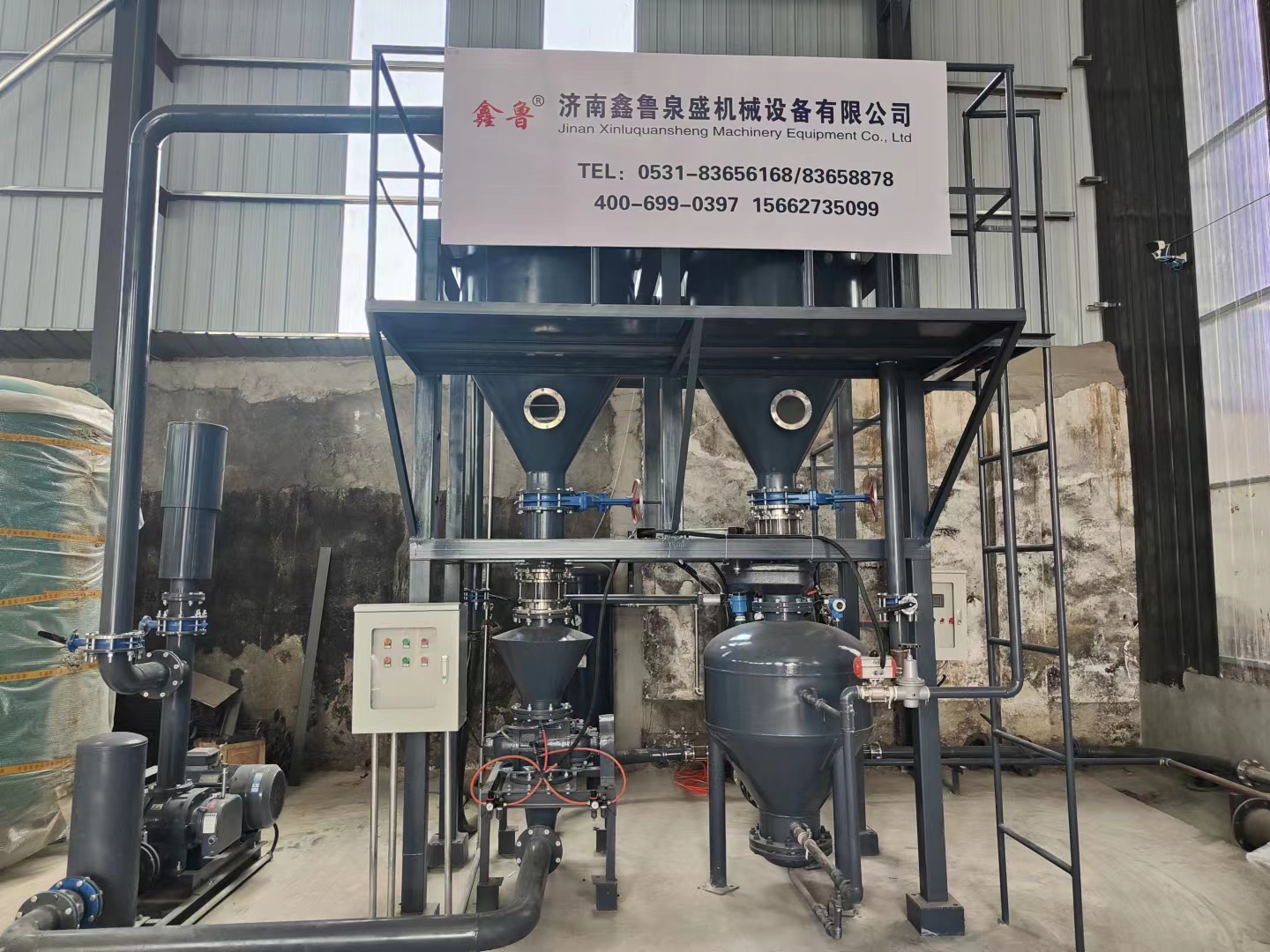
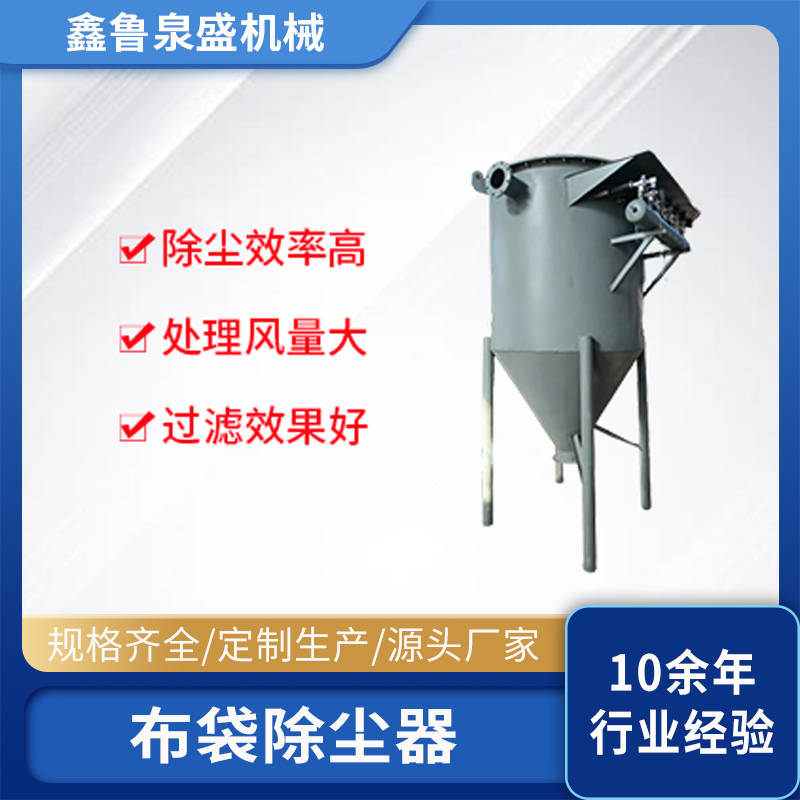
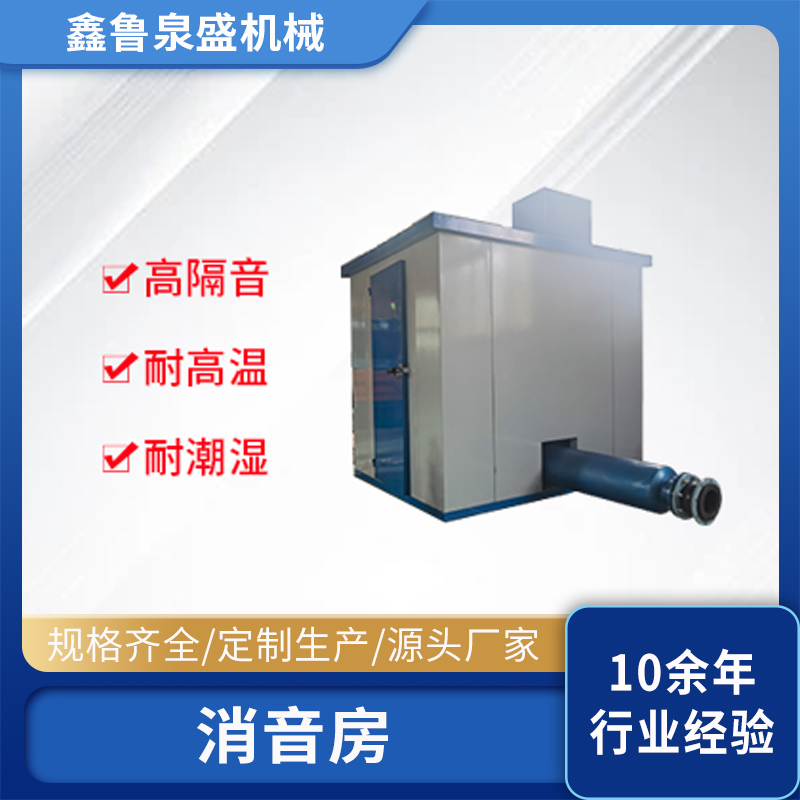
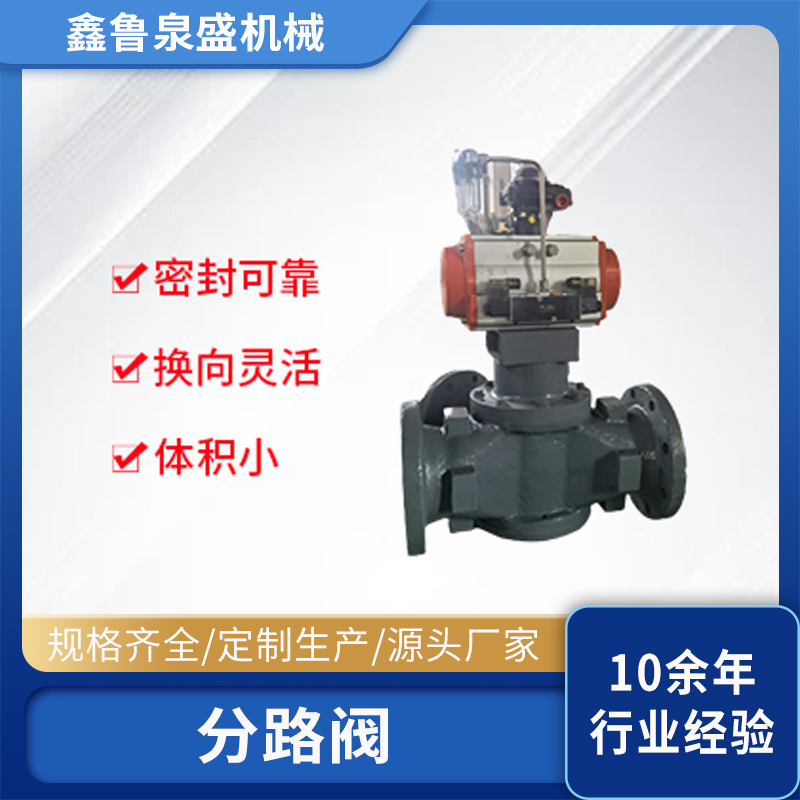
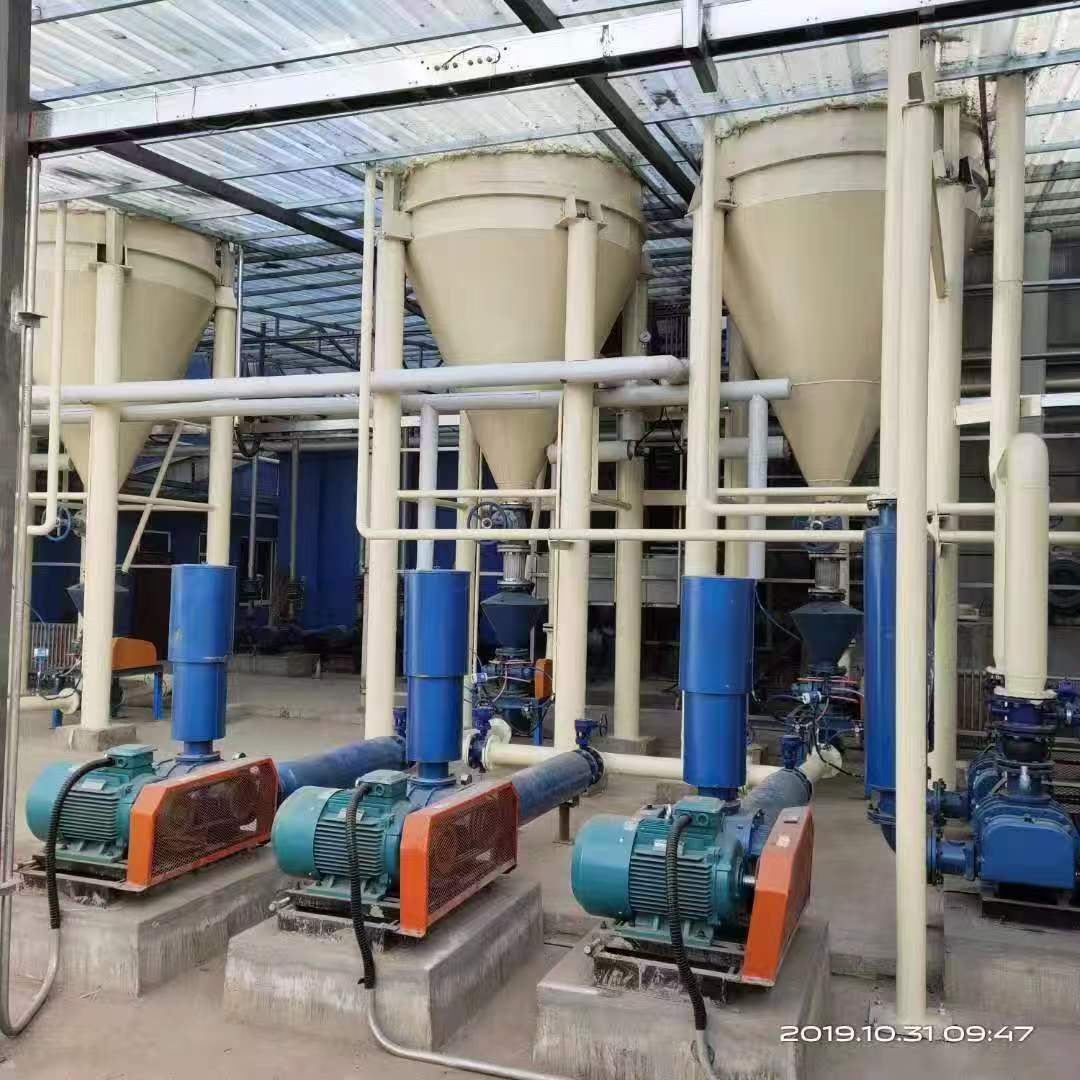
 扫码微信沟通
扫码微信沟通